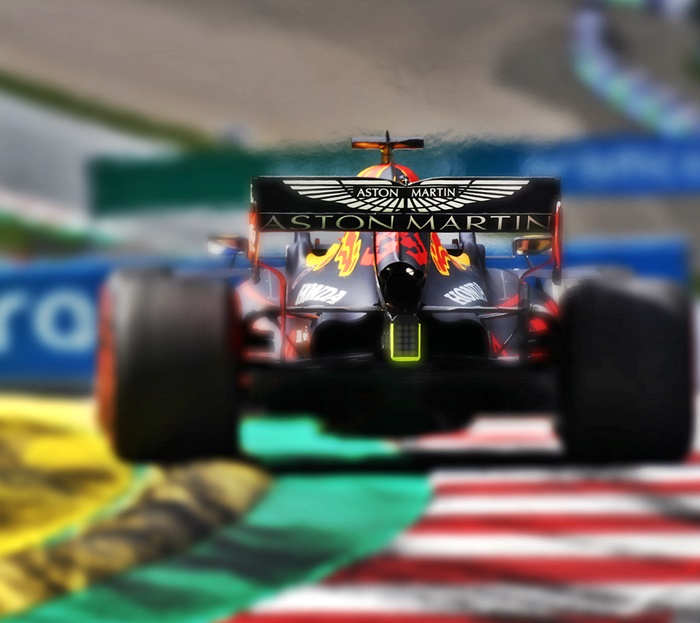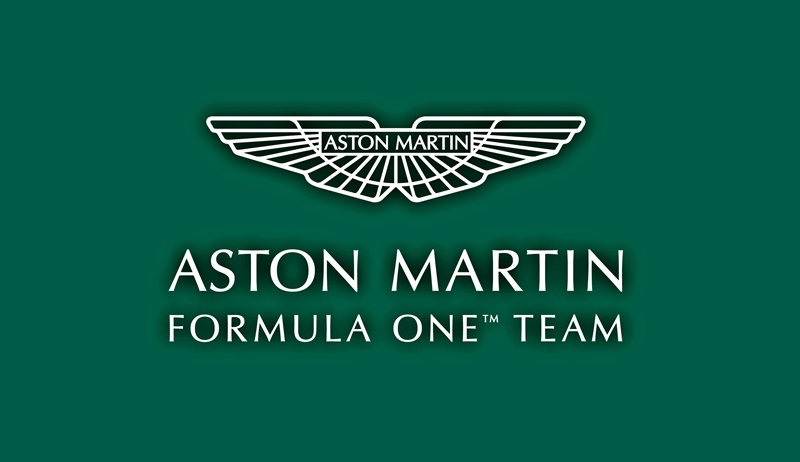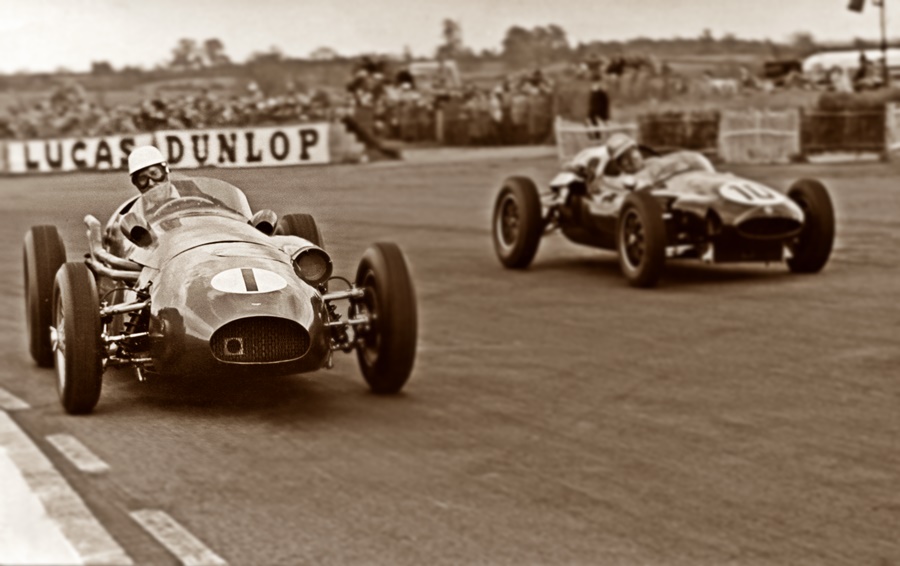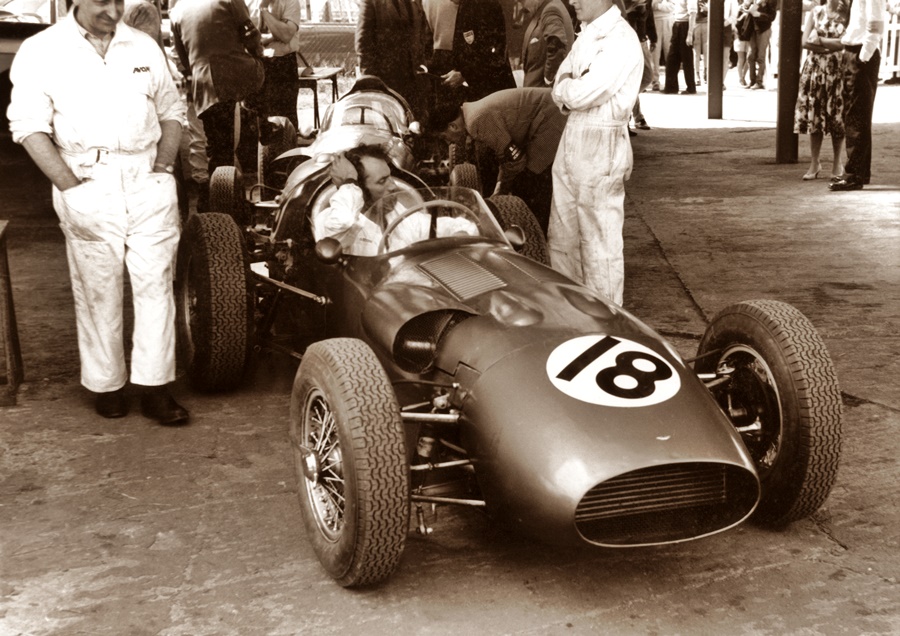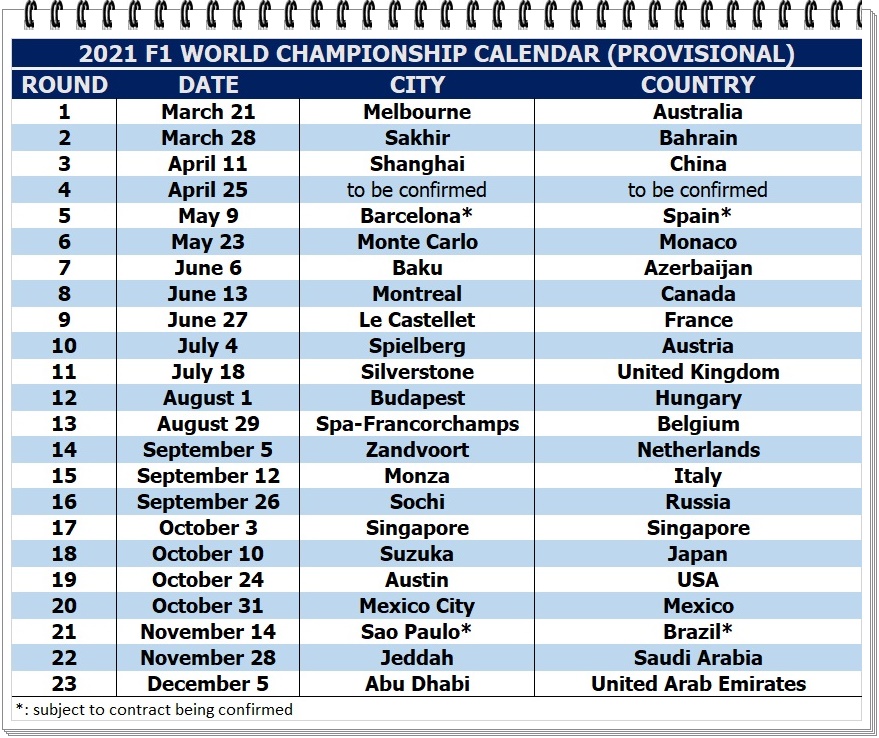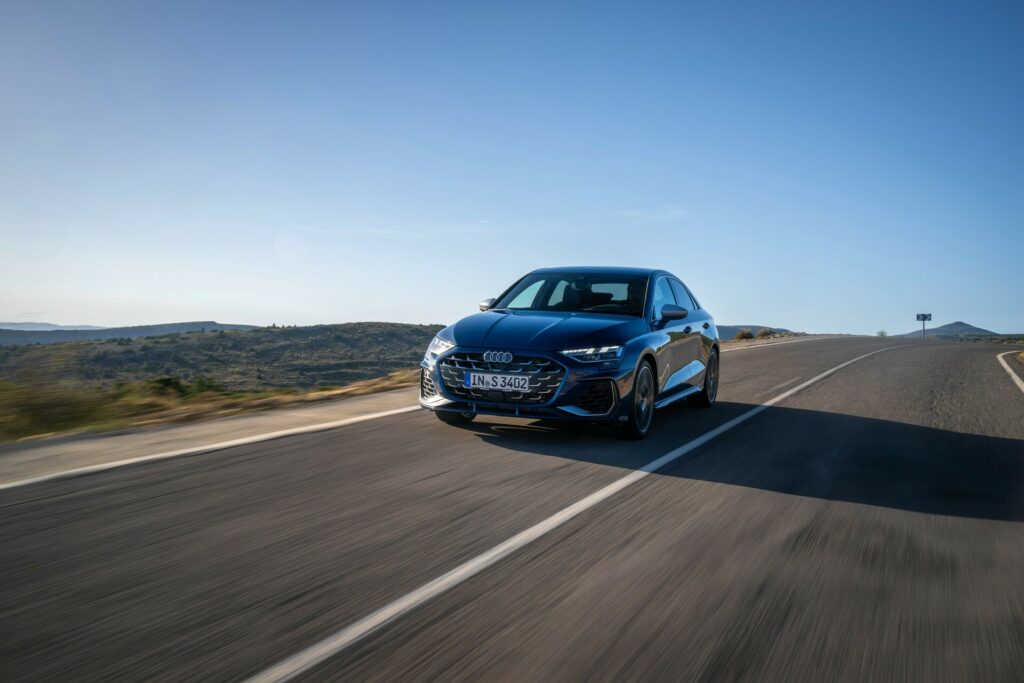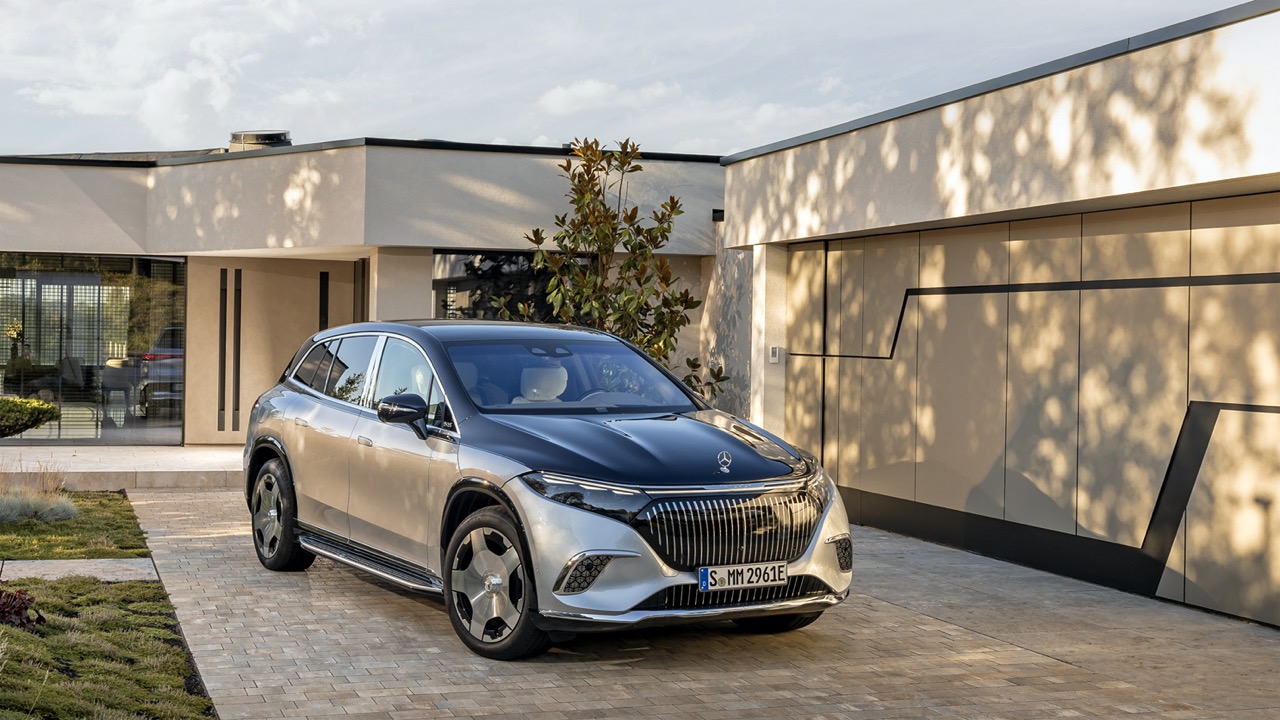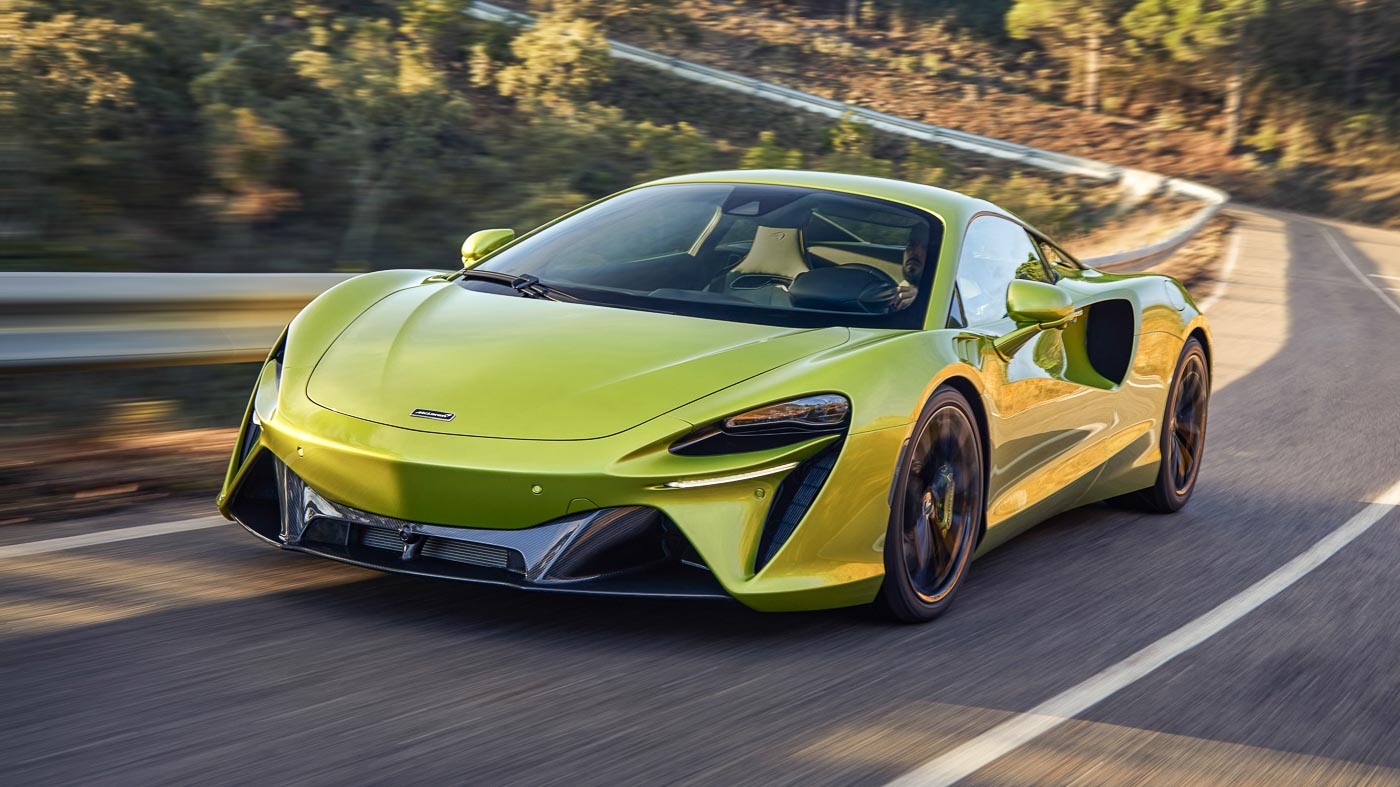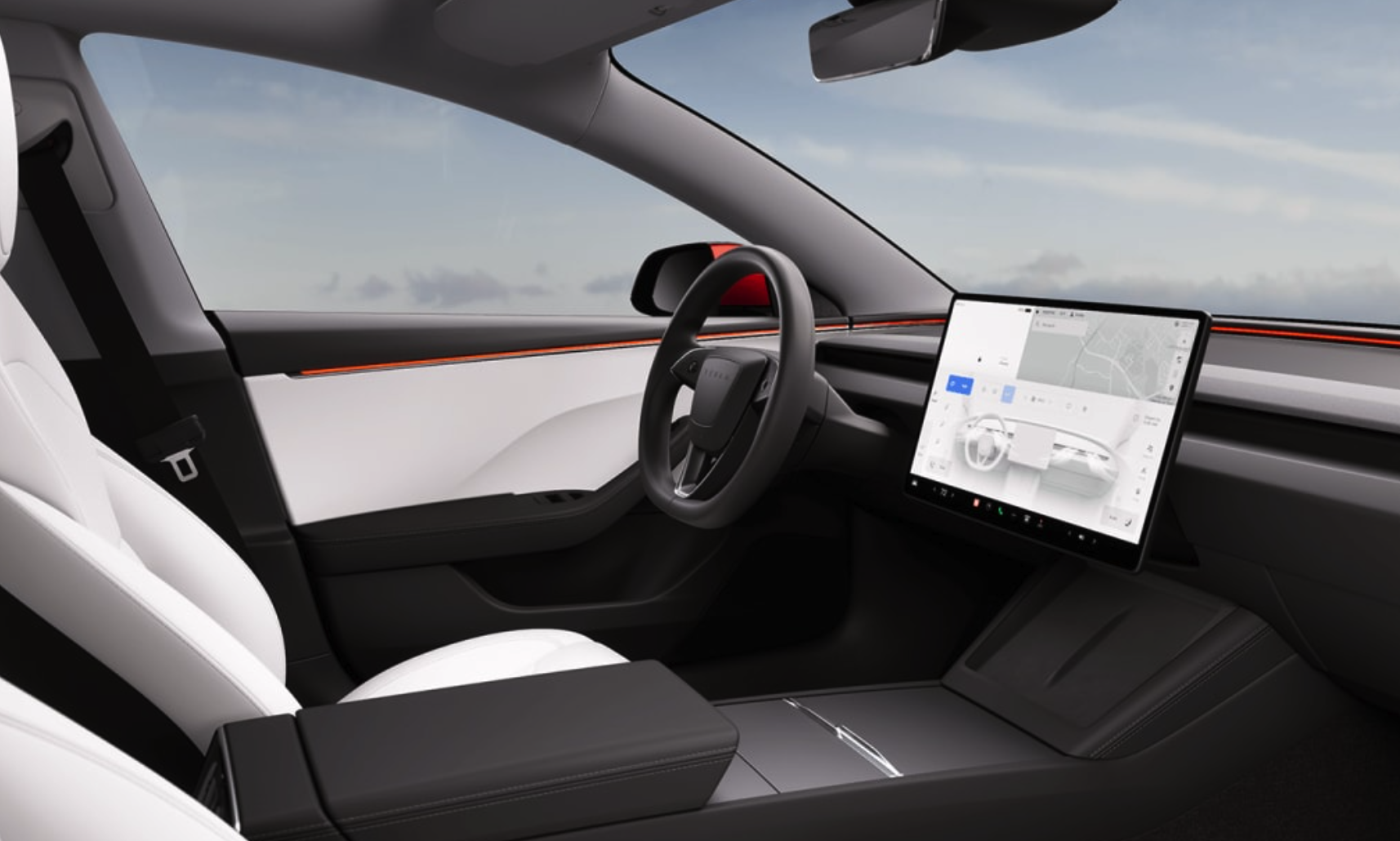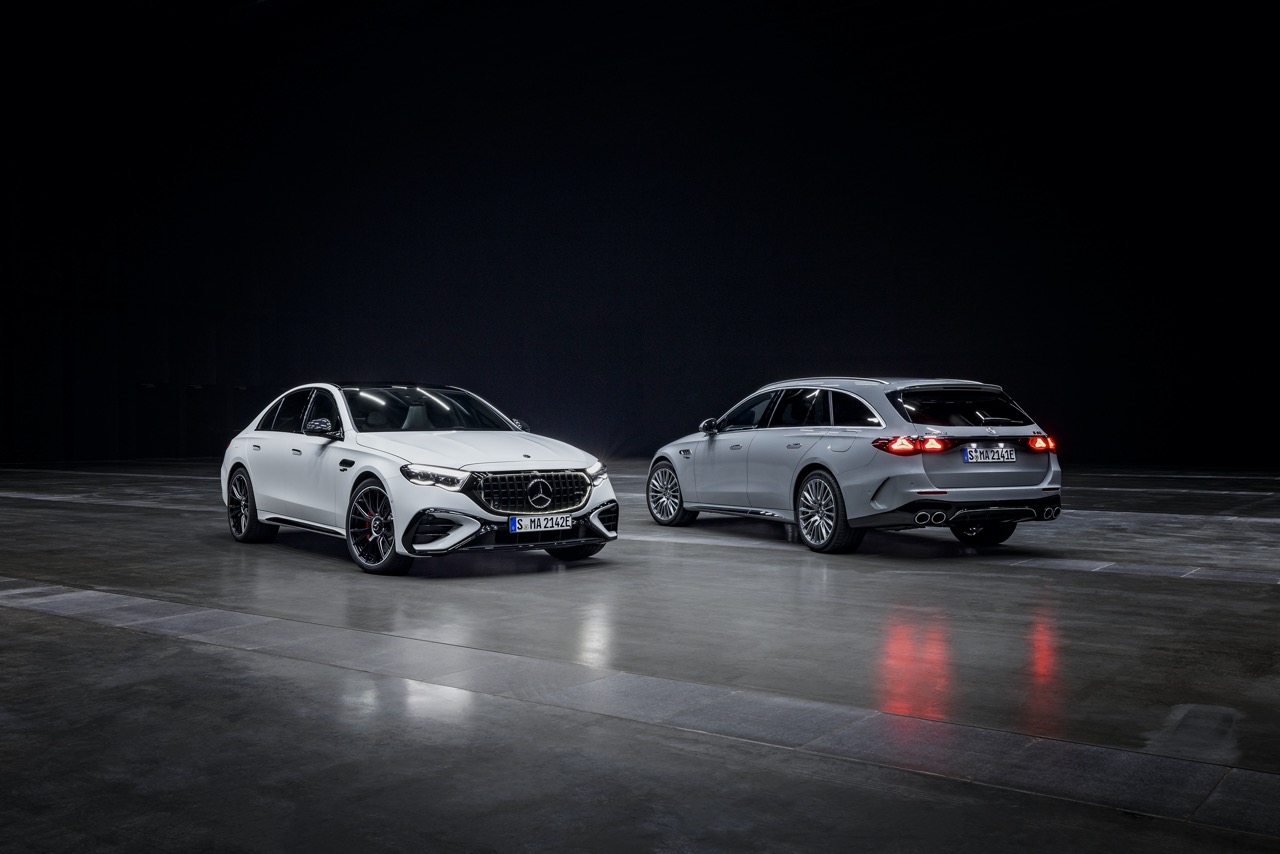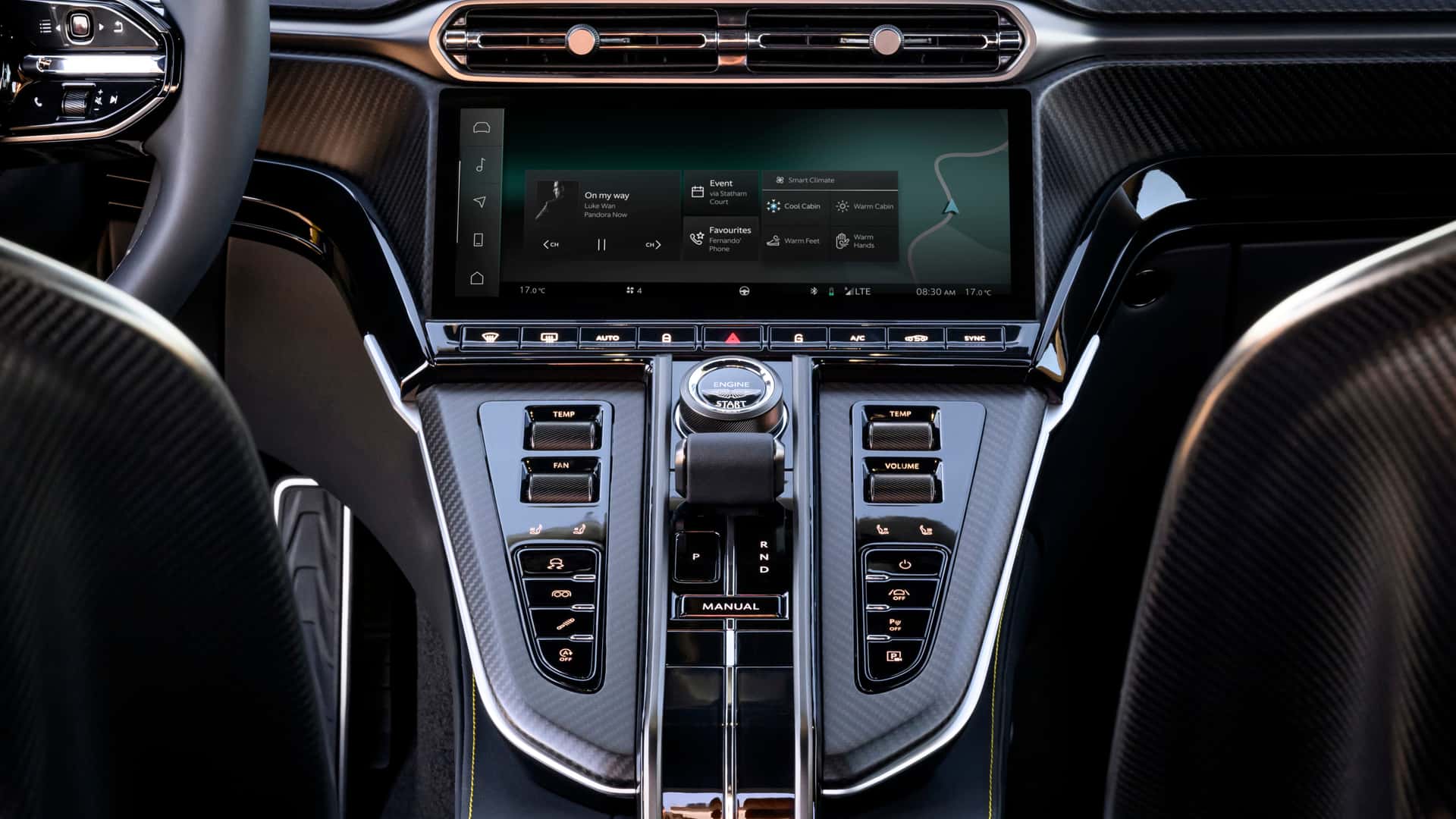To the younger generation, Aston Martin may seem like a newcomer to Formula 1, the brand was in the sport 60 years ago, entering the DBR4 and DBR5 in the 1959 and 1960 championship seasons. As it was not very successful, it focussed instead on sportscar racing which it was more successful in, with multiple class victories at the 24 Hours of Le Mans.
This year will see Aston Martin back in Formula 1 Grand Prix racing as its team will make its race debut on March 21 at the opening round in Melbourne, Australia. The racing cars will be revealed in February, but it is already known that the drivers will be 4-time Formula 1 World Champion, Sebastian Vettel and multiple Grand Prix podium finisher, Lance Stroll.
“Formula 1 is a hugely powerful platform that will play a key part in the overall Aston Martin strategy as we seek to take the company forward. It is a truly global sport with a huge audience that we believe can help reignite the brand and further increase its desirability all over the world. This is a brand that has already had huge success in top-level international motorsport such as the 24 Hours of Le Mans – and now we have an opportunity to write a new page in the history books. That’s a hugely exciting prospect for anyone who is a lover of the Aston Martin brand, for fans of Formula 1 and the sport itself,” said Lawrence Stroll, Aston Martin Lagonda Executive Chairman and also the father of Lance.
Brand awareness
Aston Martin understands the power of Formula 1 when it comes to brand awareness. Much work has already been done and achieved via the company’s title sponsorship of Red Bull Racing in previous seasons, Now the brand will go up a notch as it joins the F1 elite as a manufacturer.
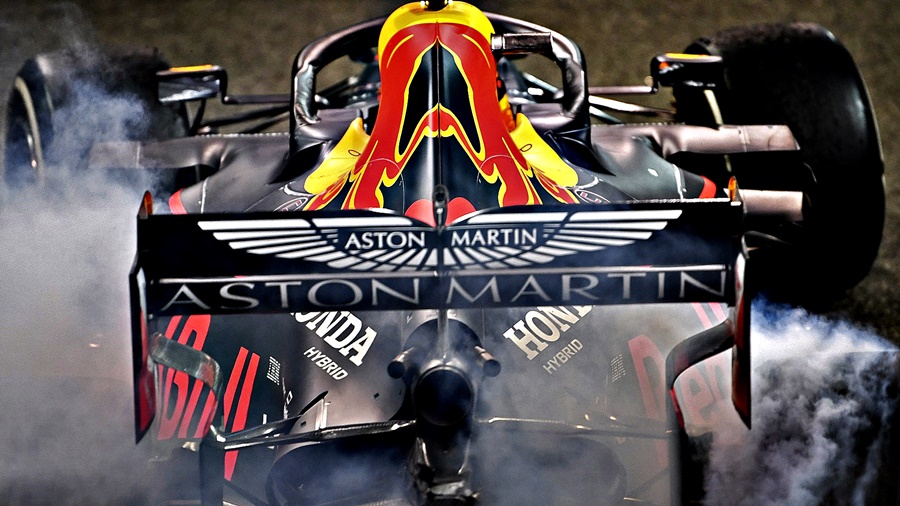
Otmar Szafnauer, who is the CEO & Team Principal, said: “We’ve had almost a year of preparation to reach this point and we’re really looking forward to seeing the reaction when we finally unveil our new identity as the Aston Martin Formula One Team.”
“Representing such an iconic brand is a huge privilege for every member of the team. We’ve earned a well-deserved reputation for punching above our weight, so we’re confident we can do the Aston Martin name proud right from the get-go. It’s the start of a new journey and I can sense an extra energy in the team, with a determination to push performance further than ever before. Combined with some of the most creative minds in the business, a true racers’ mentality and the can-do spirit that has served us so well through the years, we have every reason to be excited about the future,” he said.
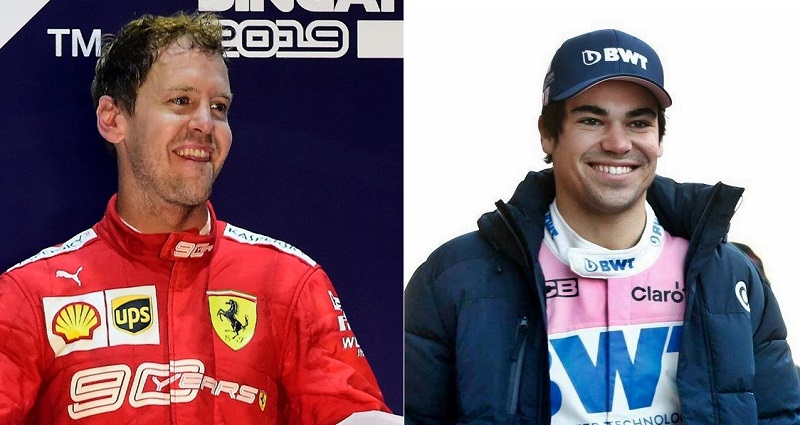
A team with a 29-year history
The Aston Martin Formula 1 Team may be a new name on the starting grid of the 2021 F1 World Championship but the team itself has a history that goes back to the days of the Jordan Racing team in 1991. The team went through various owners until the end of 2007, when Indian businessman Vijay Mallya bought it over. It was then renamed Force India, a name it would use in the championship for 10 years that followed, until 2018. However, during 2018, Mallya had financial problems which led to him having to let go of the team and it was acquired by Racing Point UK. This was a consortium led by Canadian businessman Lawrence Stroll and its ownership of the racing team gave it entry to F1.
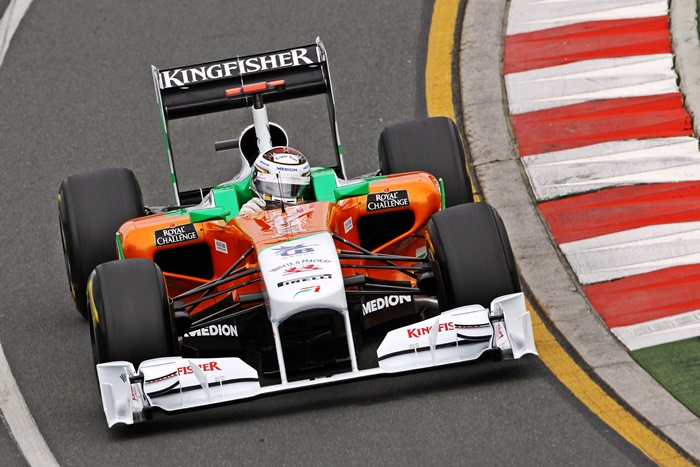
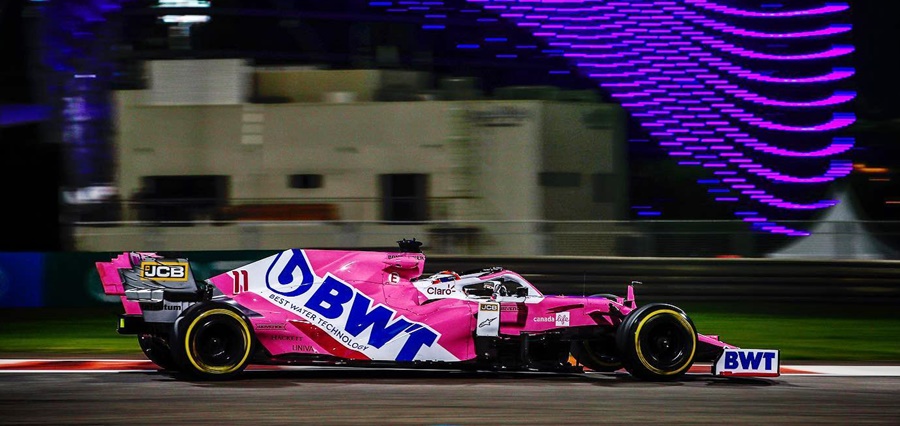
The team at first had SportPesa as a title sponsor in 2019 but then the East African company pulled out and in the following season, BWT (an Austrian company making water treatment systems) took over as title sponsor.
Stroll became Executive Chairman of Aston Martin Lagonda last year after leading a strong investment consortium to take a shareholding in the company. The consortium made a £182 million investment and gained a 16.7% stake. Stroll is a Canadian billionaire, is well known in the fashion industry, with shares in Tommy Hilfiger and Michael Kors. He is a car-lover with a collection of vintage Ferraris and has been involved in F1 via brand sponsorships for many years.
Aston Martin’s F1 racing years
The 1950s were an exciting time for Aston Martin. Company owner Sir David Brown, who had acquired the business in 1947 before adding the Lagonda brand later that same year, was steadily creating finely styled British sportscars of growing appeal.
Sir David recognised the importance of motorsport to the brand’s commercial success and, in 1955, made plans to develop and enter cars that would take on the best competition in both the World Sportscar Championship and the still relatively new Formula 1 World Championship.
The history books focus on the famous achievements of the Le Mans-winning DBR1, and the DB3S that preceded it, but the initial venture into single seaters, DP155, could be seen as a valuable learning exercise for the brand. As a precursor to the later 1950s Grand Prix cars and alongside this project, Sir David initiated work on a new engine, and a new road car design that would become the DB4.
From this was born the DBR4 and although testing began as early as 1957, it was not until 1959 that the car made its competition debut at the BRDC International Trophy event, run to Formula 1 rules, at Silverstone in May of that year.
Two cars competed and car No. 1, driven by 24 Hours of Le Mans winner Roy Salvadori, came in a creditable second behind Jack Brabham in a Cooper-Climax T51. Powered by a 2493cc, dry sump, 6-cylinder RB250 engine, from the same basic design as the DBR1 sportscar engine, the DBR4/250 was a 256 bhp spaceframe single-seater which weighed 575 kgs.
Despite being driven by some of the star names of the era, Salvadori and Carroll Shelby among them, the front-engined DBR4 was out of step with the new mid-engined competition and failed to mirror in Formula 1 what its DBR1 cousin famously achieved in the sportscar arena. After a disappointing debut for its successor, the DBR5, Aston Martin withdrew from single seater motorsport in 1960 and gave its full attention to sportscar racing.


